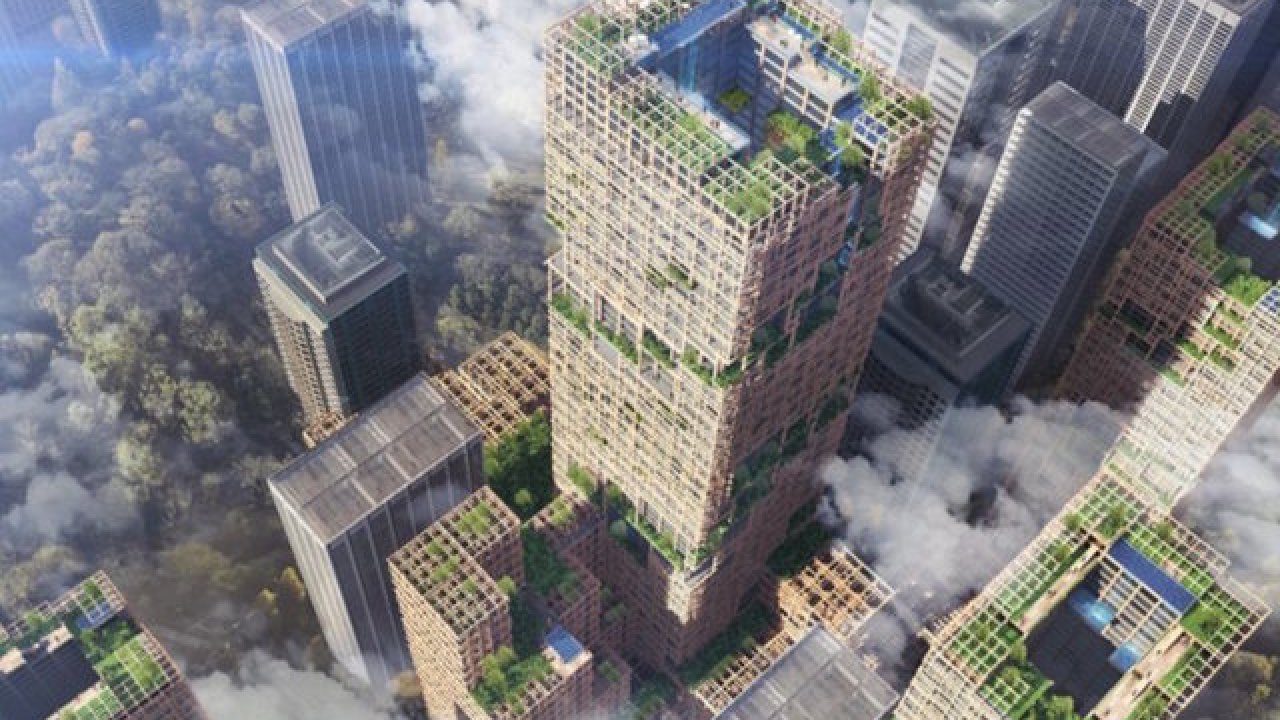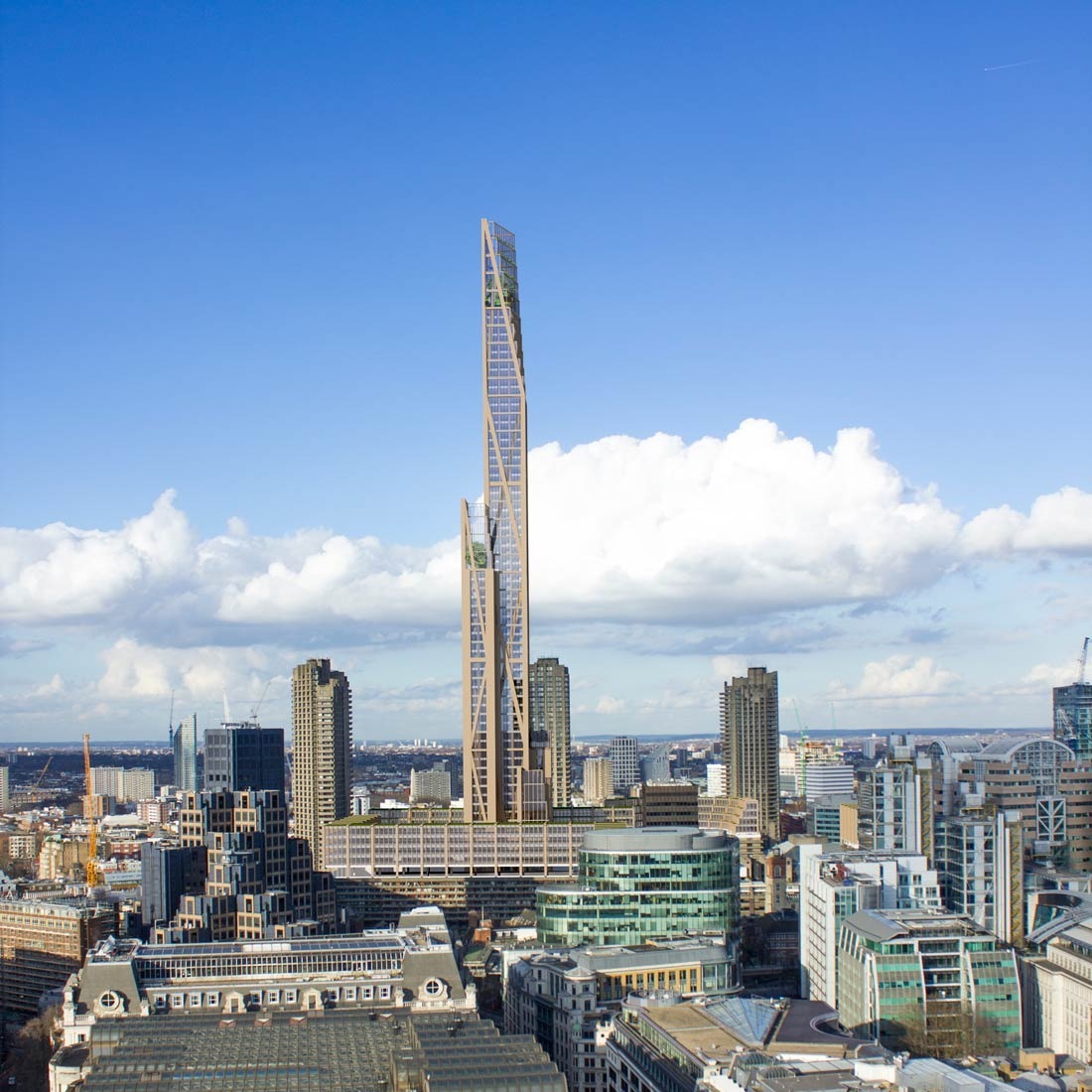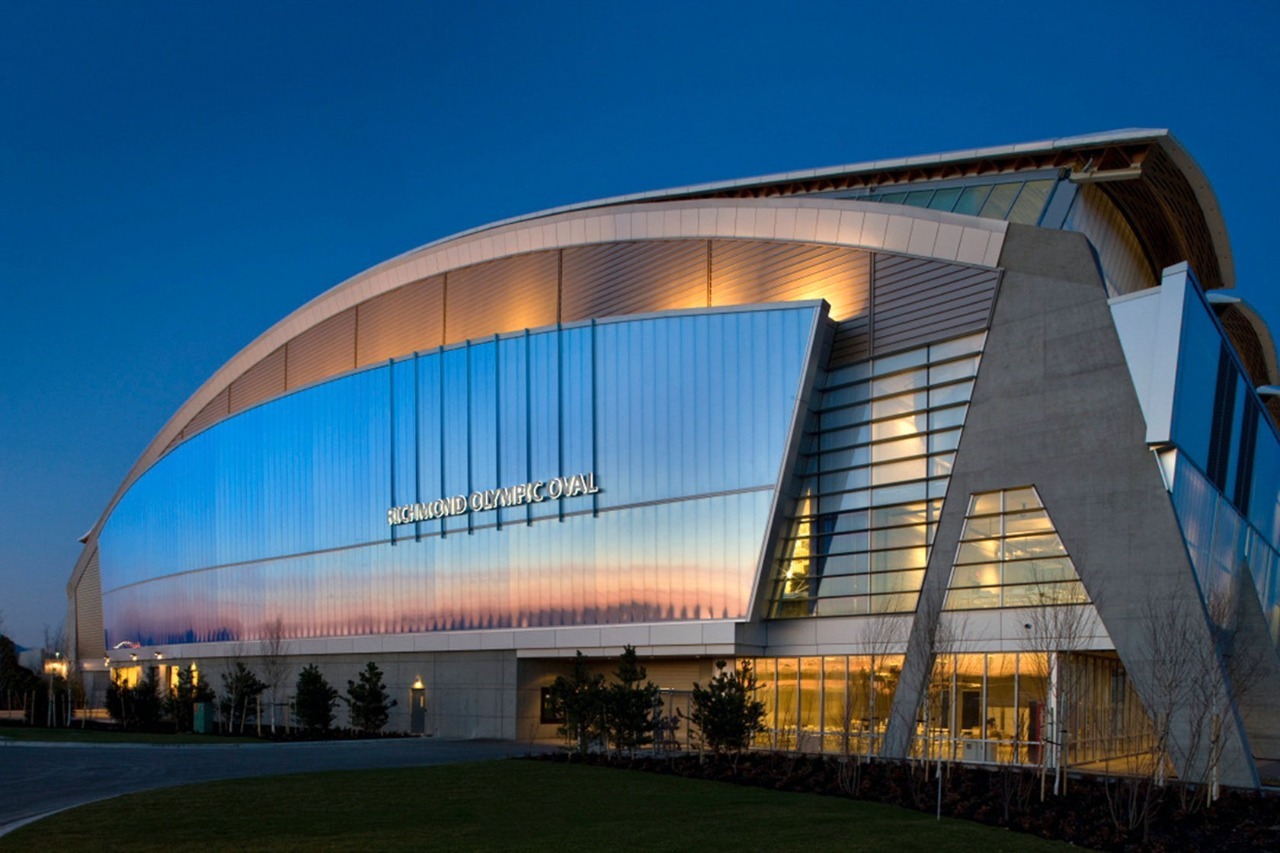MAK PROJECT’S IS THE FIRST MOVER
- Carbon negative and environmentally friendly
- No water wasted in curing like concrete
- No usage of sand
- Faster construction
- Minimum construction area is 1,000 sq. ft,
- No limitation for Maximum area
(King Johnson Koyyada)
Climate change is the consequence of unchecked carbon emissions by humans. Melting glaciers, rising sea levels as well as severe drought in some countries and unprecedented floods in others – these contrasting conditions have become a new normal. Things will only go from bad to worse if we do not focus on reducing global carbon emissions significantly. The construction industry plays a major role in propelling global carbon emissions, but Dr. Nawab Mir Nasir Ali Khan, Managing Director of MAK Projects, believes that the wood-based construction could be an ideal and sustainable alternative to concrete structures. As the Honorary Consul General of Republic of Kazakhstan to the Telangana and Andhra Pradesh, he interacted with Real Estate Guru (REG) King Johnson Koyyada exclusively.
Dr. Khan said the timber-based construction, which is popular in western countries, was being launched in Hyderabad for the first time in India. Further, he announced that they were hosting the TIE Sustainability Summit (TSS 2021) at the international level in Hyderabad from October 4 to 6, 2021. Around 20,000 businessmen from India and abroad as well as investors will participate in the summit. He explained the role of timber houses in protecting the environment, their benefits, long term plans of Mak Projects in the construction industry especially wooden houses – excerpts from an interview with Dr. Nawab Nasir Ali Khan.
“There is an immediate need to focus on building houses with timber instead of cement and concrete. Wood can naturally regenerate and is available in abundance. Wooden houses are strong in nature and can reduce carbon efficiently. To effectively combat climate change, we must reduce carbon emissions. And most importantly, the time has come for us to bring change in India and a lead a movement for revolutionizing the construction sector with wooden houses for the environmental protection and larger good.
23 percent carbon emissions
A closer look at global carbon emissions reveals that concrete contributes at least 11 percent of the global total. This is not accounting for the additional carbon emissions caused by the manufacturing of steel. In some countries, it is as high as 23 percent. Construction of concrete structures consumes lot of electricity, causes wastage of huge quantity of water for curing, especially in water deficient county like India, and requires increasingly scarce river sand, which is the second most used natural resource after fossil fuels. As a result, there is a growing shortage of these resources. Furthermore, the production of cement and steel is harmful to the environment.
Considering these aspects, a majority of developed countries have focused on alternative ways of assessing and reducing the adverse effects of concrete structures. The New Zealand government has decided to construct all its government buildings with less than four-storey height with wood instead of concrete and many other governments are also following the suit. In this context, we have set a lofty goal of curbing pollution emitted from conventional structures in India as well. Hence, we launched the wooden houses project in Hyderabad which is a first-of-its-kind initiative in India. These are also known as Canadian Timber houses. Though our local wood has good quality and is very useful for furniture, Canadian Timber is more suitable for construction of houses of any height.
Agreement with a Canadian company
Builders who love nature try to reduce carbon emissions. As a responsible developer, after realizing the negative impact of concrete based construction, I decided to work towards a more sustainable alternative. There is a huge demand for timber houses, but there are few timber-structure builders in India. Observing this, I held talks with FII India (Forest Innovation Investment), a crown agency of British Columbia in Canada. I went to Canada to understand the technology and benefits of wood houses. Then we signed an agreement with FII and are launching the pilot project in Hyderabad during October this year. It will be completed in three months period. Starting January next year, we are planning to build 50-100 timber houses of up to 5000 sq. ft. It costs around Rs 4,000 to Rs 5,000 per sq.ft to build these houses.
Wood lasts long
Countries the world over, like Japan, USA, and India has wood structures that are more than 200 years old. On average, the life of a well-built wood home is double that of concrete. Wood is the construction material we have been using for thousands of years, while concrete gained prominence in the last two centuries. While wood is traditional, the technology has advanced greatly. Modern wood construction techniques rival and surpass those that use concrete.
We believe there will be huge demand for timber constructions, once such constructions commence. At present, the value of the Indian construction sector is pegged at around $120 billion. By 2030, it is expected to reach $1 trillion. Even if wooden constructions cater to one per cent of this market, the demand for sustainable timber homes will be higher in near future and generate employment. However, importing the raw material is the challenging task. Hence, the Central and the State governments should give incentives and concessions to the developers. There are some requests from Uttarkhand and Gujarat for wooden houses and we expect the demand to grow further in other States. We are planning to take up timber housing projects abroad as well.
The future of sustainable construction
Over the last 30 years, the trend of building houses with timber is gaining popularity again due to the modern innovations and usage of technology. New engineering techniques have led to wood become a serious contender to Steel. Engineering techniques like Glue Laminated Wood (Glulam) and Cross Laminated Timber (CLT) have become an alternative to steel and RCC structures in many countries. These techniques have upended the entire construction industry. Engineered wood is extremely versatile.
Since it is factory made, it can be designed to meet very specific needs allowing us to build even super tall and massive structures in wood. Pound for pound, Glulam is stronger than steel. Engineered wood is already a popular alternative to concrete abroad. Bunjil Place in Australia, Jackson Hole Airport in the United States, Richmond Olympic Oval and Brooke Commons structures in Canada are some rich examples of wooden constructions. Plans to completely replace concrete in skyscrapers are in full swing with the 80-storey Oakwood Tower in London and the 70-storey W350 project in Tokyo being planned and constructed with engineered wood.
Everlasting wood
- Material used for concrete houses, cannot be reused. But wood used for building a house, can be used again after demolition.
- There is a misconception that wooden houses are more prone to fire accidents. But using today’s modern technology, spread of fire can be prevented. There are certain timber varieties which do not burn so easily. In most scenarios, engineered wood performs better under high temperature and fire compared to RCC.
- Unlike brick and concrete Wood is an excellent natural insulator. This helps timber-based homes reduce carbon emissions further by lowering power consumption costs. They take in and lose heat slower than concrete based homes, reducing the need for power consumption
- Timber structures can be constructed easier and faster compared to concrete structures. Thus, labor costs are significantly reduced, benefiting both developers and buyers.
- Life is very stressful right now. Being closer to nature, can reduce mental stress and anxiety among people. One can achieve this with a combination of wooden structures and plants around the house. Studies have shown that exposed wood in at least 40% of a person’s environment can have a direct impact on health, going as far as to improve blood pressure levels and heart health.
- The uniqueness of wood is that trees absorb carbon dioxide when they grow and consequently, the timber sequesters the carbon like a natural carbon storage system. This makes wood carbon negative.
- Any construction material like granite, marble and even tiles can be used during construction of these wooden houses.
- Wood is malleable, while concrete is brittle. This allows wood to perform much better in earthquakes and resist weathering over time. Concrete will crack, while wood will absorb the stress.
- Concrete and steel rely on natural resources that are depleted over time. Wood is a truly sustainable alternative as you can always grow more trees.
• The BTR Greens project was launched near the Shamshabad Airport in Hyderabad. Plans are being drawn up to focus on sustainable development over the next five years.
Dire need for incentives
- Construction of wooden houses which are also known as eco homes is nothing short of environmental protection. Both the State and Central governments should provide special incentives or subsidies to promote these houses.
- Stamp duty, registration fees, permit fees should be reduced.
- GST on construction materials should be reduced.
- Subsidies should be provided on import duty against material used for these houses.










